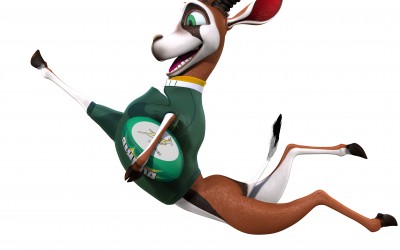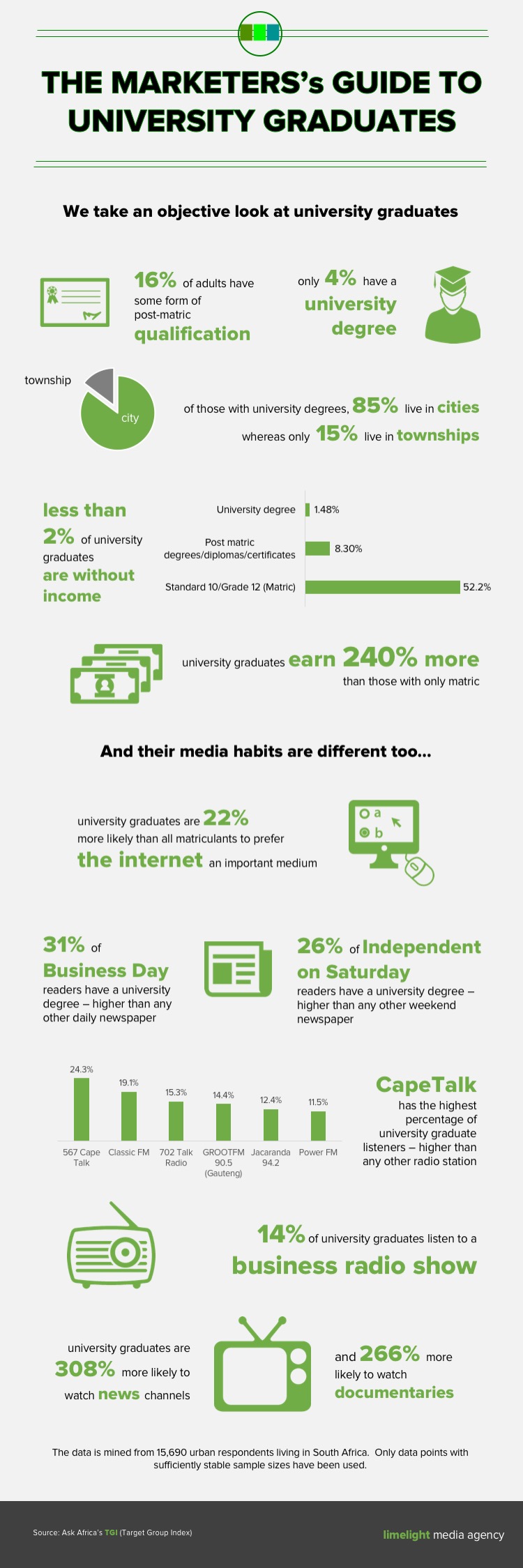Cinema: Deadpool breaks records at SA Box Office
With 1.4m South Africans having attended the movies in the last 4 weeks (source: AMPS 2015B), it’s great to see that the cinema releases are still doing well.
Deadpool opened with a record-breaking R9.3m, proving to be the coolest R-Rated movie globally and locally (16LVS), and becoming the 3rd biggest superhero opening in South Africa behind Iron Man 3 and Avengers: Age of Ultron.Based on Marvel Comics’ most unconventional anti-hero, Deadpool tells the origin story of former Special Forces operative turned mercenary Wade Wilson, who after being subjected to a rogue experiment that leaves him with accelerated healing powers, adopts the alter ego Deadpool.
“ The response has been overwhelmingly positive!” commented Twentieth Century Fox local representative, Michelle Steytler “This success has resonated globally with a US opening weekend of $132.7m – not only the biggest all-time opening weekend for Fox in the US, but also in South Africa. We are truly thrilled that consumers chose to spend Valentine’s with our superhero!”
Book for NuMetro here: https://www.numetro.co.za/#/movie/3661
And book for Ster-Kinekor here: http://www.sterkinekor.com/site.php#/book/7862/IMAX - Deadpool/
For advertisers who are looking for a new perspective on Cinema, give us a call on (021) 761-3287 or email [email protected]
DSTV growth over the last 5 years
With DSTV’s recent price hike (rather big) we take a quick look at the growth of viewers.
Infographic: Profile of Internet users in South Africa – debunking misconceptions
A common misconception amongst marketers is around the ages, race, and income level of people using the Internet in South Africa.
Infographic: Debunking marketer’s misconceptions about race profiles of media consumption in South Africa
It’s quite common that many of us (myself included) have certain perceptions of ‘white’ magazines and ‘black’ radio stations.









